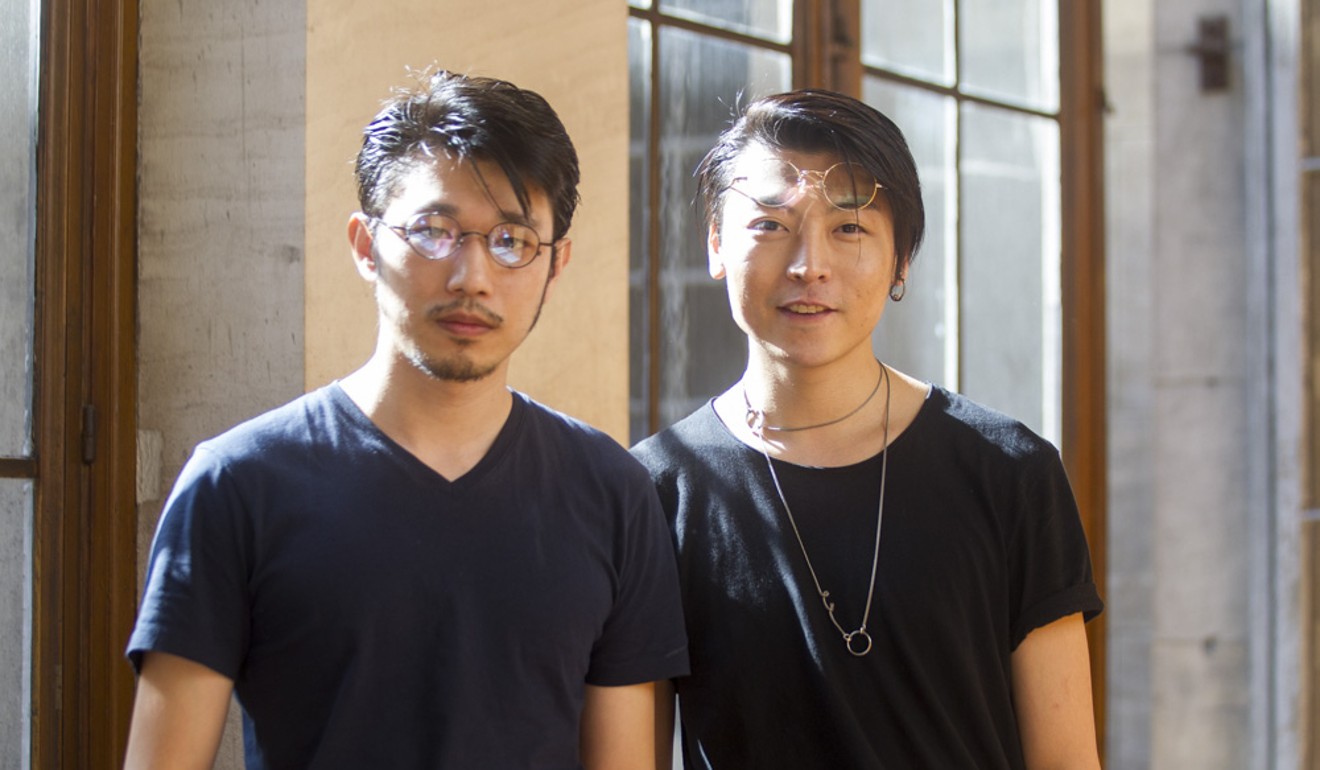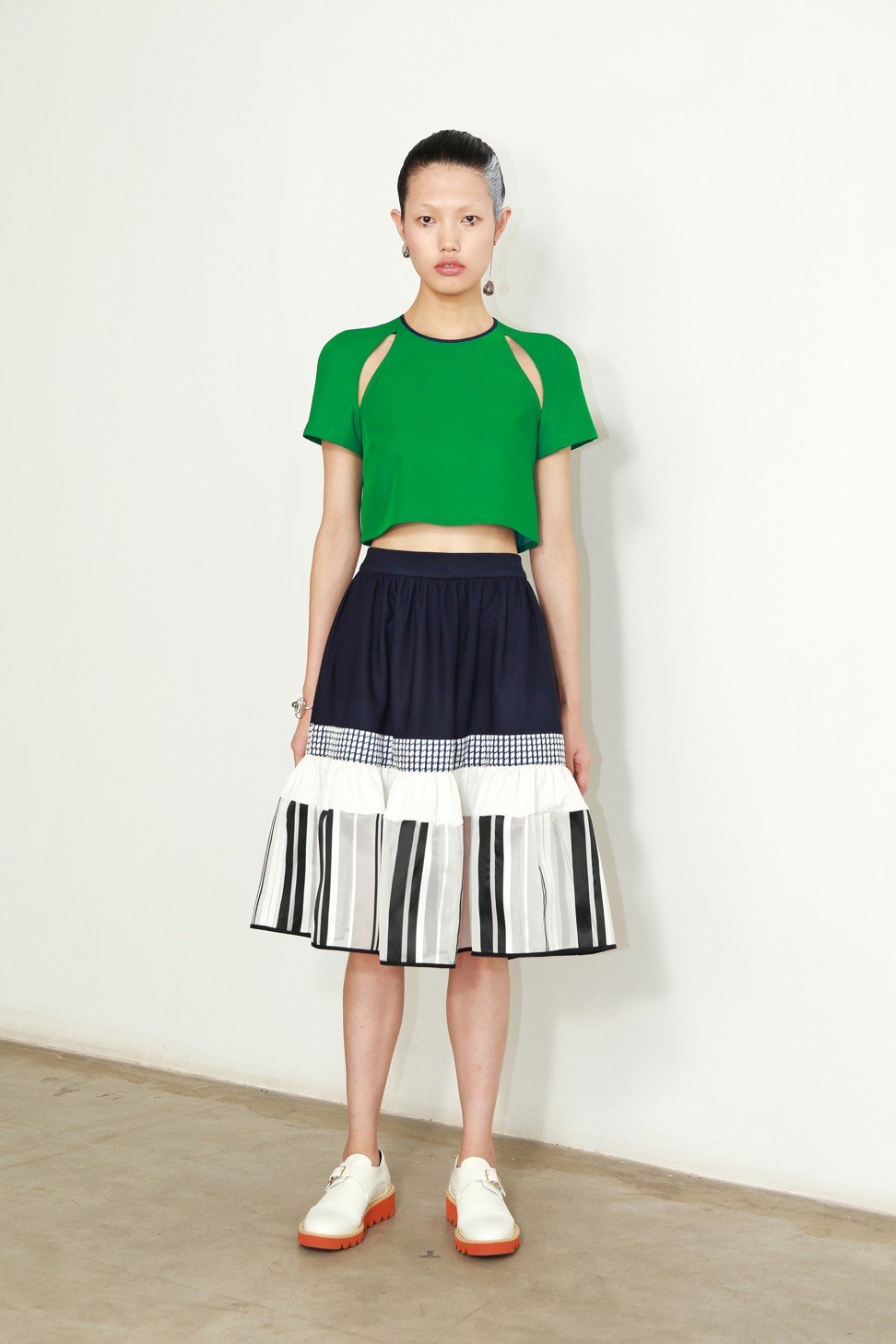
Millennial Hong Kong fashion designers battle to break into home market even as they prosper in China
Global exposure has helped some emerging Hong Kong fashion labels, but most cannot afford to produce or open stores in the city, turning instead to China, and battle for recognition among local shoppers
Vivienne Tam may be Hong Kong’s proudest design export, but it has been years since we have witnessed a similar success story. And that is not for lack of trying.
There has been no shortage of initiatives and organisations to nurture local talent, including the newly launchedFashion Incubation Programme(FIP) by Create HK and the upcoming The Mills Heritage Project, which will see a HK$700 million investment in a state-of-the-art fashion complex in the former Nan Fung cotton mill in Tsuen Wan, in the city’s New Territories.
Despite these undertakings, the next generation of Hong Kong designers has yet to experience the fame and success enjoyed by Chinese and international counterparts.

Many of Hong Kong’s millennial designers studied fashion overseas at schools such as Central Saint Martins in London and the London College of Fashion, before returning home in recent years with high hopes of filling the gap left behind by their predecessors.
“When I was a student, I heard about many successful local designers such as Johanna Ho, but after I graduated there was no-one new. For me it was a good opportunity to launch my own brand as PMQ had just opened and I managed to secure a space there,” says Polly Ho, who founded Loom Loop with her partner in 2013.

“It was obvious that there was a real need to build a community of local designers here. It’s impossible to find success on your own, so it was important that we group together,” she says.
Hong Kong model launches company to make eco-chic bikini line from old carpets and fishing nets
As the designers community grew so did their opportunities. Non-profit organisationThe Fashion Farm Foundation, along with the Hong Kong government, launched a series of initiatives to showcase their work at various fashion weeks and trade shows around the world, including Paris and New York. International recognition came when local brand Jourden became the first Hong Kong label to be shortlisted for the LVMH Fashion Prize. While the global exposure helped raise awareness, it was hard to sustain the momentum on home turf.

Hong Kong may be an easy place to set up a fashion business, but building a brand in the city is another challenge altogether.
Hong Kong menswear designer Joseph Li on having his own label after years as Shanghai Tang womenswear head
“We wanted to come back and create a brand that truly represents Hong Kong; that is based here, sampled here, yet is still international in outlook,” explains Julio Ng, who founded women’s wear brand ID with Cyrus Wong in 2015.

“One issue we have faced in Hong Kong is building a team. There is plenty of good talent from [The Hong Kong] Polytechnic University but the way they have been educated is completely different, in that they are taught to design for manufacturers or high-street brands where everything is cookie- cutter. While it’s good to have that commercial aspect, it limits their creativity and in turn makes recruiting difficult,” he says.
Aside from human resources, production is another on-going problem for local designers. The cost of producing clothing samples in Hong Kong is extremely high, which is why many brands have turned to China. Ho, for example, set up a small workshop in Shenzhen for sampling when a Hong Kong company refused to take on the job because of the small quantities involved. Cynthia & Xiao, a knitwear brand founded by Hongkonger Cynthia Mak and Xiao Xiao, from China, in 2014, also has bases in China and Hong Kong.

“Production in Hong Kong is limited and expensive. It’s 50 per cent higher than in China. I would love to be a truly made-in-Hong-Kong brand, but China is the only option if we want to sustain the business,” says Mak.
Hong Kong buyers don’t give us a chance, which is why we go to Shanghai, Beijing or any other city
China plays a big role in the rising trajectory of Hong Kong fashion talent. Its rich culture and heritage underpin the design philosophy of many up-and-coming brands. Loom Loop, for example, uses a traditional silk fabric called “soft gold” made in Guangzhou which boasts a history of more than 1,000 years. All its collections have a connection to Chinese culture, whether it is a dress made using a traditional knotting technique or another form of craftsmanship.

“China is a big country and each city has its own culture and sensibilities. There is so much variety and history to build on. Even if we have some sense of history in Hong Kong, it’s limited. Plus China’s heritage is more exposed globally, so it resonates with an international audience, which is a bonus,” says designer Kenax Leung.
Having a presence in China also helps with sales and distribution. Many designers are unable to open free-standing stores in Hong Kong due to the city’s high commercial rents, and so rely on a wholesale business model. Yet multi-brand stores are limited in Hong Kong and are wary of stocking local brands that their customers may not recognise. China, however, has embraced and invested heavily in Hong Kong designers. For Cynthia & Xiao, for example, China accounts for around 85 per cent of their distribution.

“China has so many multi-brand stores and trade shows, but more importantly their buyers buy local. Hong Kong buyers don’t give us a chance, which is why we go to Shanghai, Beijing or any other city. There needs to be demand and supply, otherwise it won’t work,” says Ho. This is a sentiment echoed by Jourden founderAnais Mak.
“We lack space, experimentation in new retail models and platforms which connect global industry movers and shakers to the regional scene,” she says.
Although China is fast becoming the promised land for Hong Kong designers, there are still improvements that can be made on home ground so the next generation can prosper.
Top of the list, according to Mak and many others, is a revamp of Hong Kong Fashion Week (HKFW), which they feel is long overdue.

“It has to be improved – Shanghai started not too long ago, but it’s so much better. HKFW is too traditional, and not attractive to buyers because it is so commercial. The timing is also wrong, as it competes with other major cities on the fashion calendar. Even the new event Centre Stage sounds promising but it conflicts with New York Fashion Week,” she says.
Also lacking among Hongkongers is the desire for, and awareness of, home-grown fashion labels. While exposure in international cities is great for a label’s profile, the Hong Kong customer cannot be ignored due to their high spending power. Although hubs such as PMQ in the city’s Central district help build awareness, more needs to be done to attract Hong Kong shoppers to emerging local labels.
“So many of these projects are so new – so it’s still hard to tell whether or not they will be successful. My main concern is that they need to be more localised and less targeted to tourists in order to capture the local market. Tourists come and go, but locals are here to stay,” says Leung.

